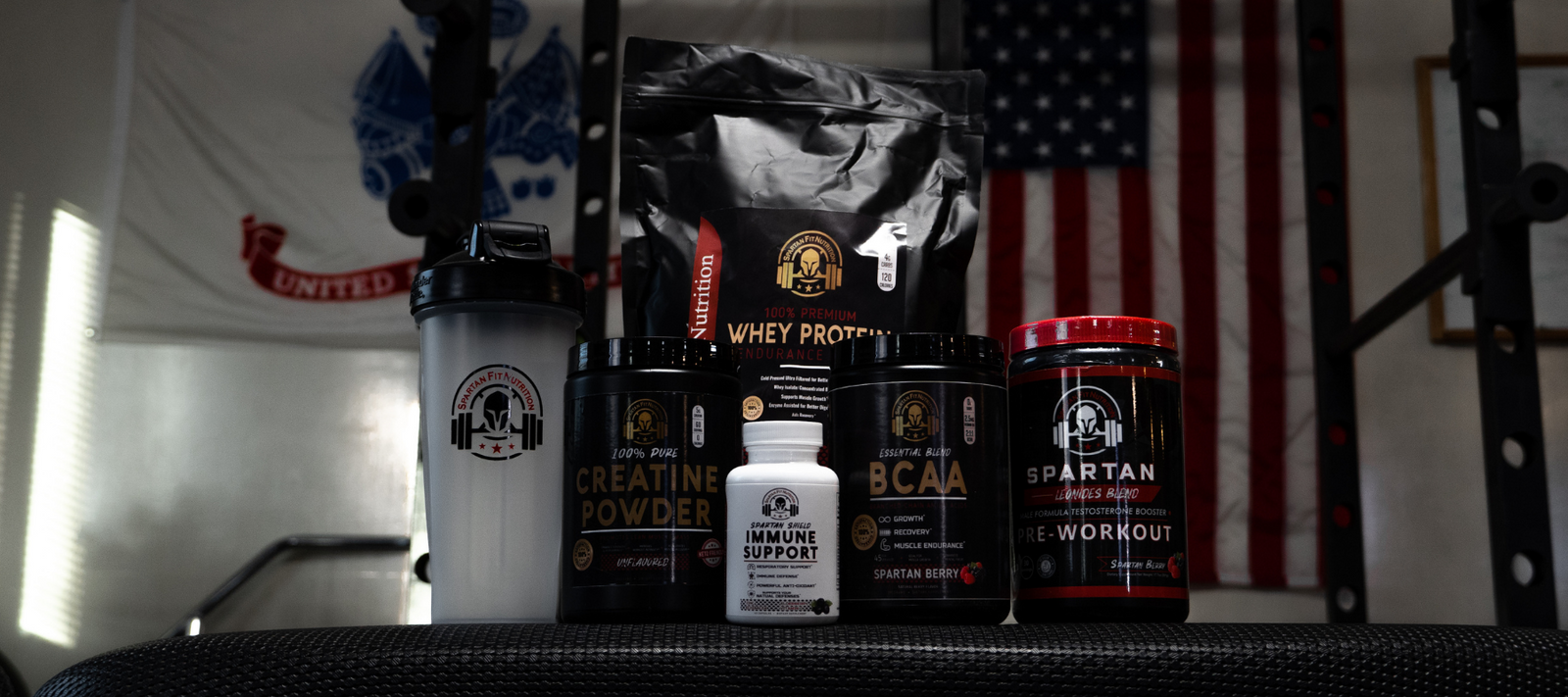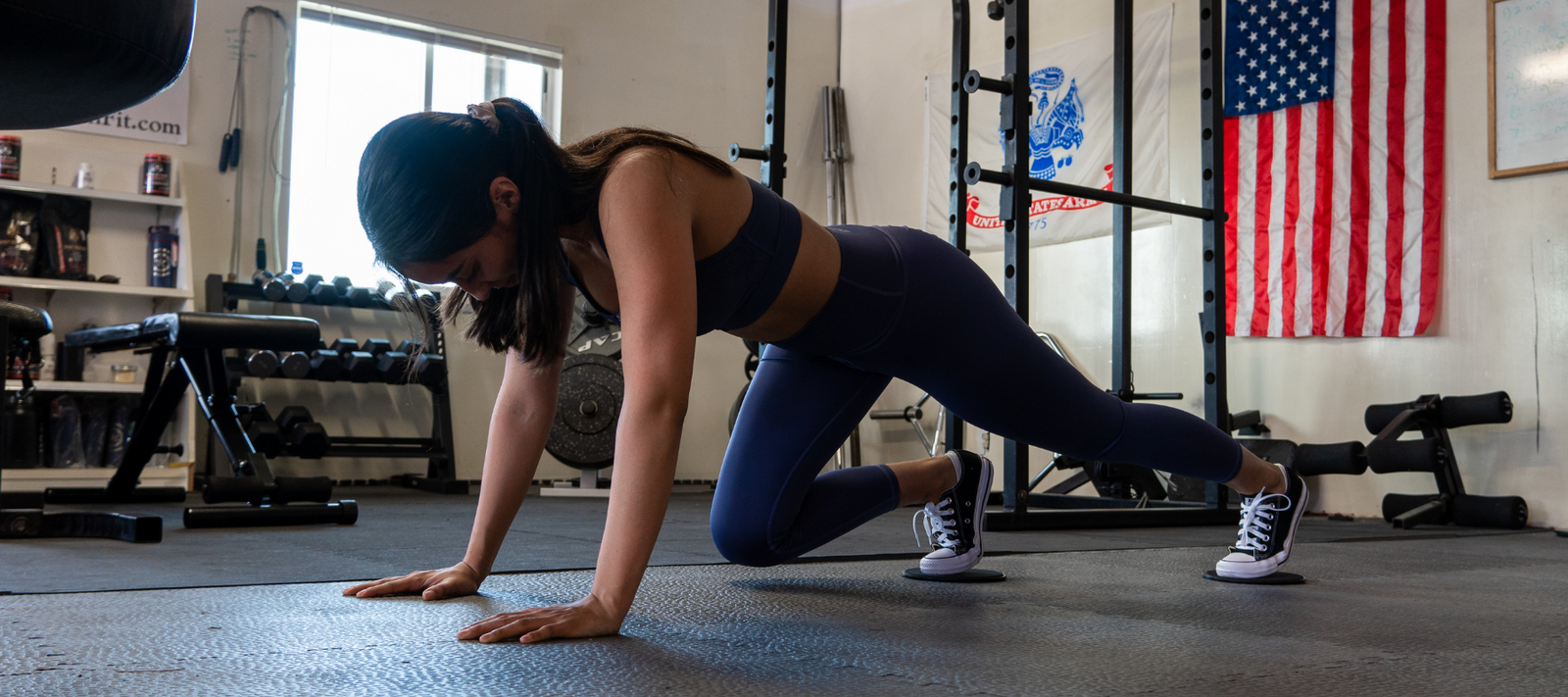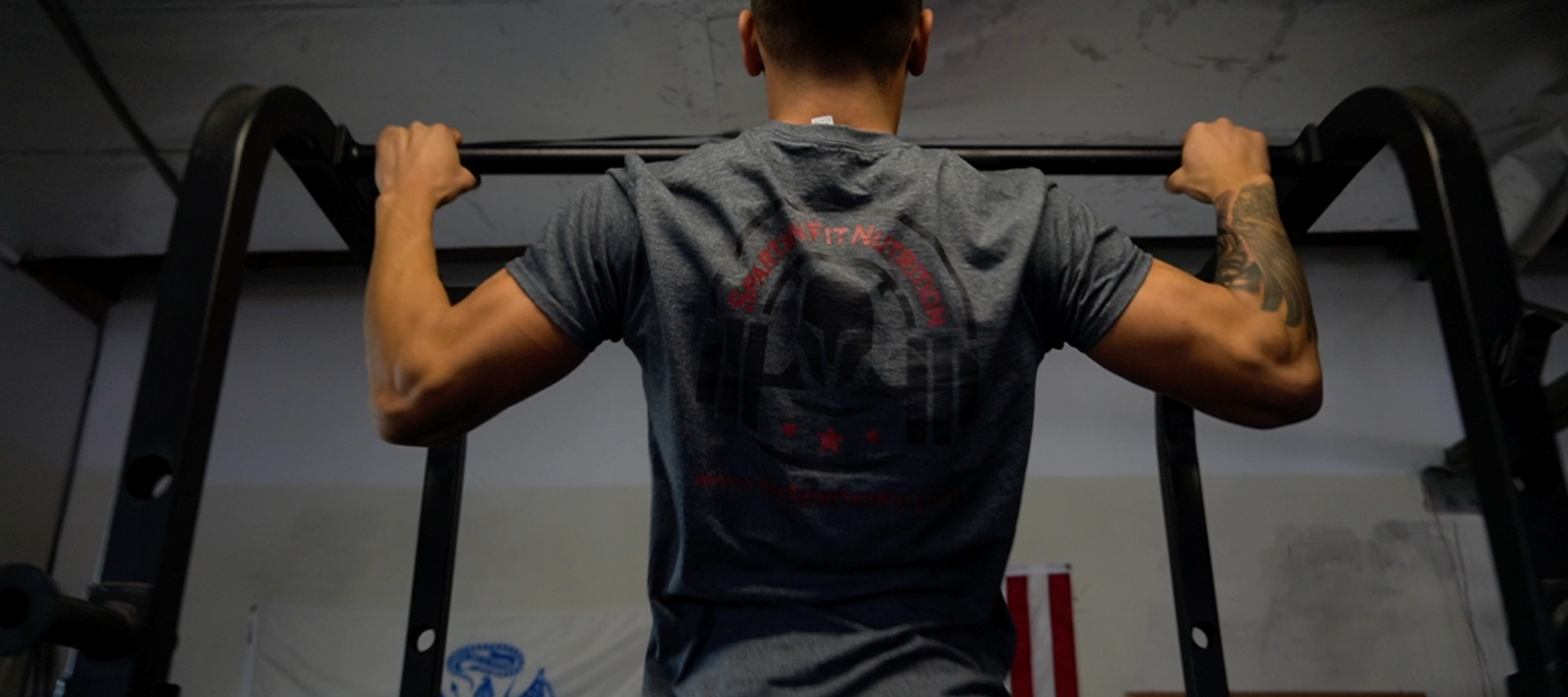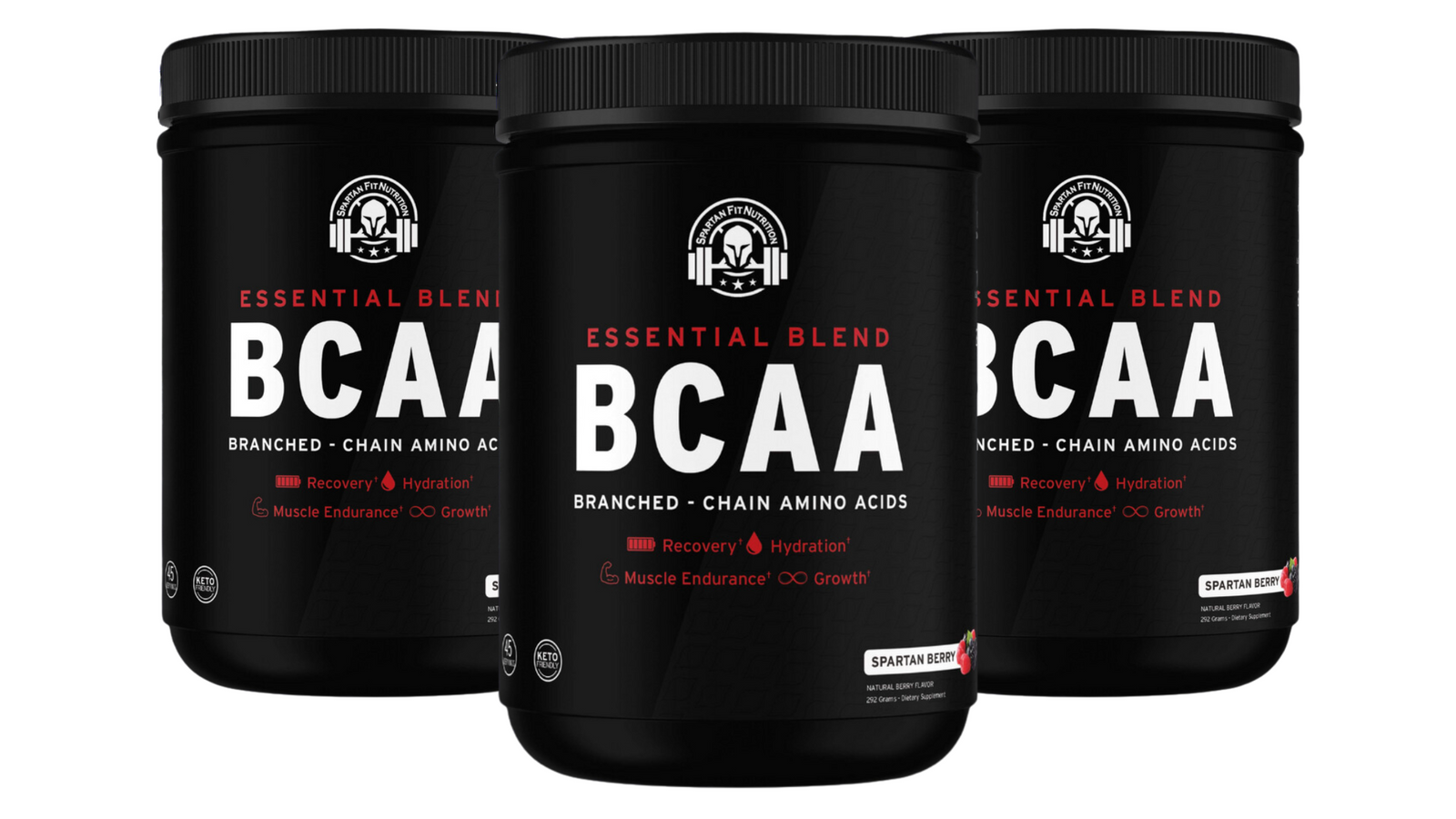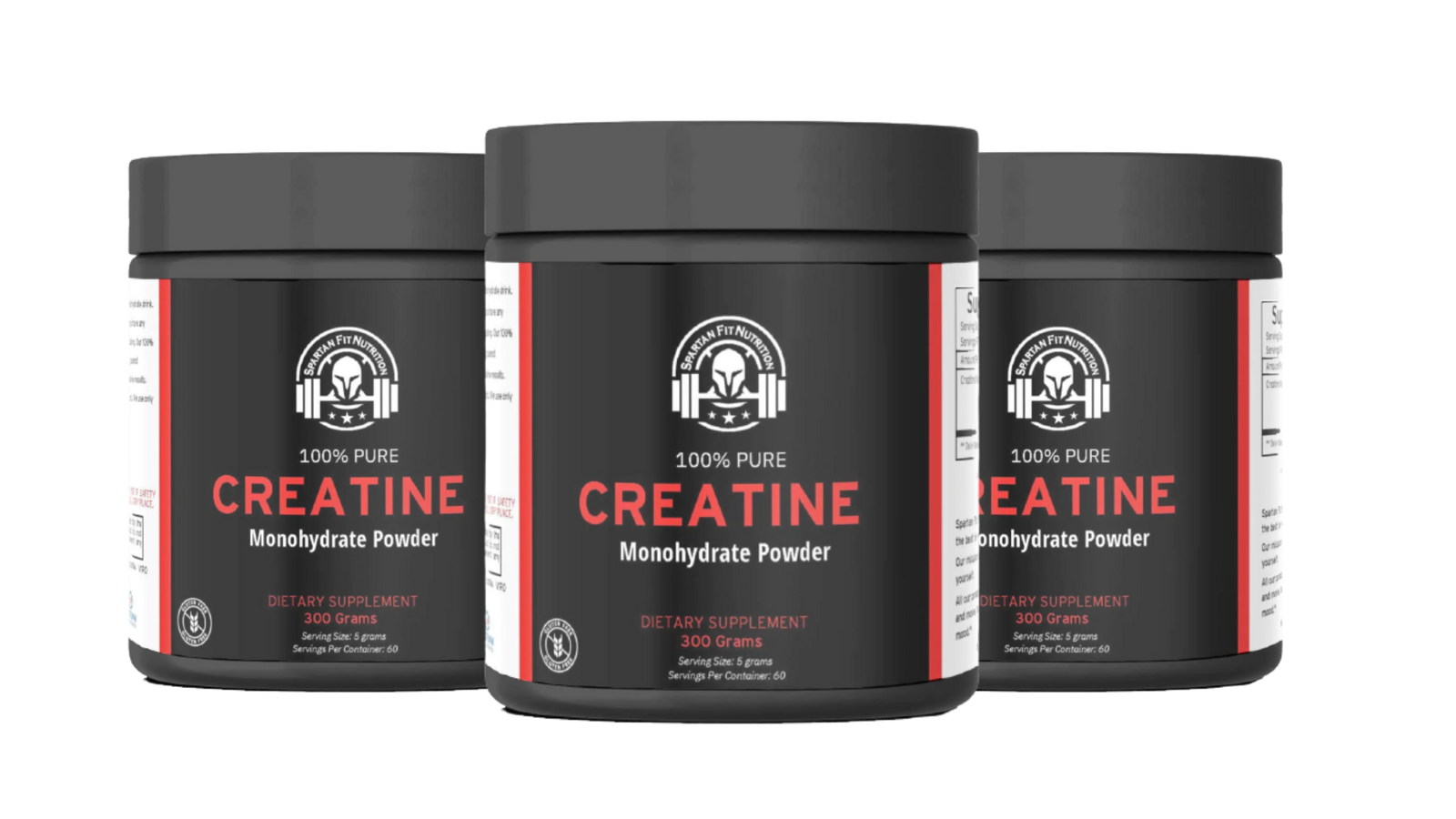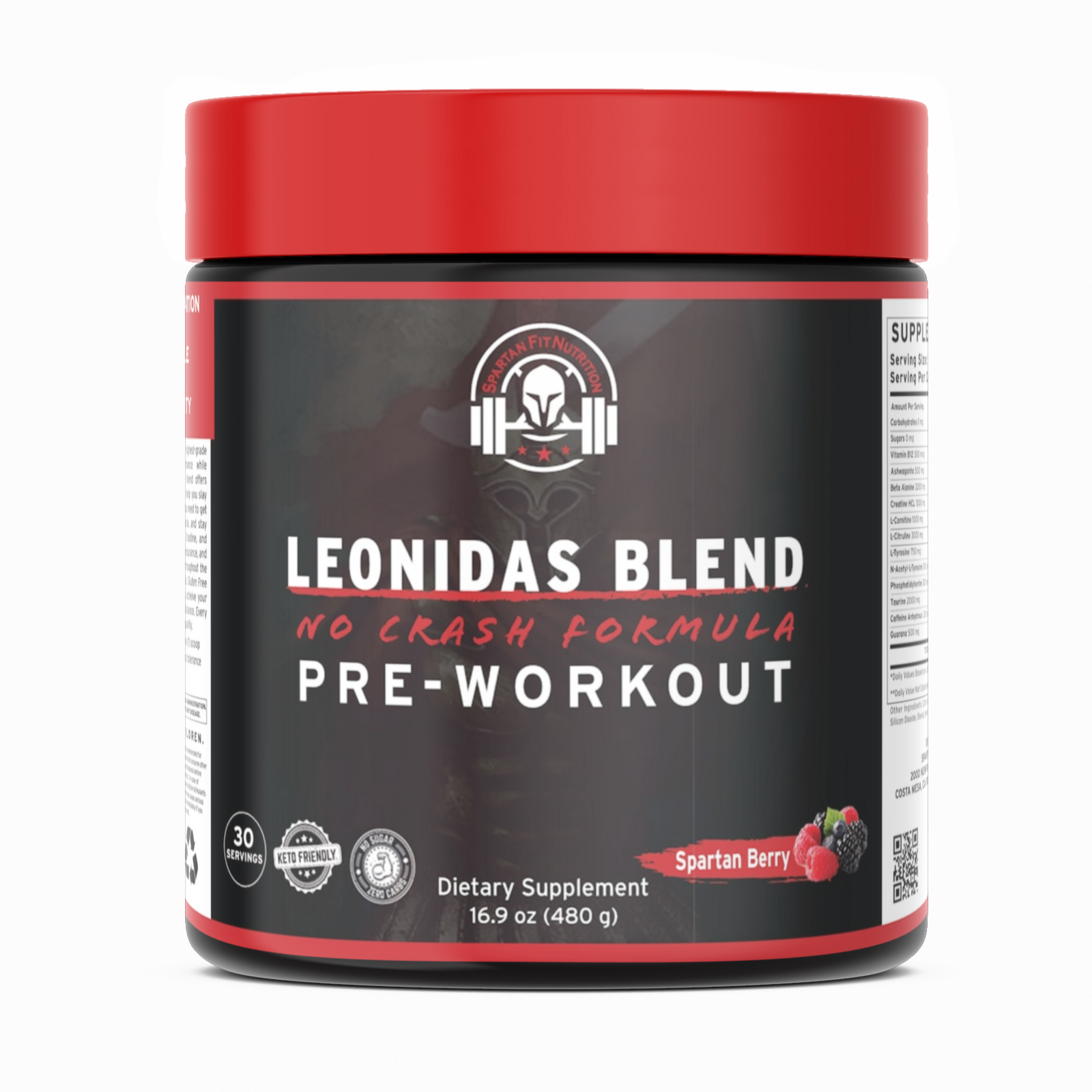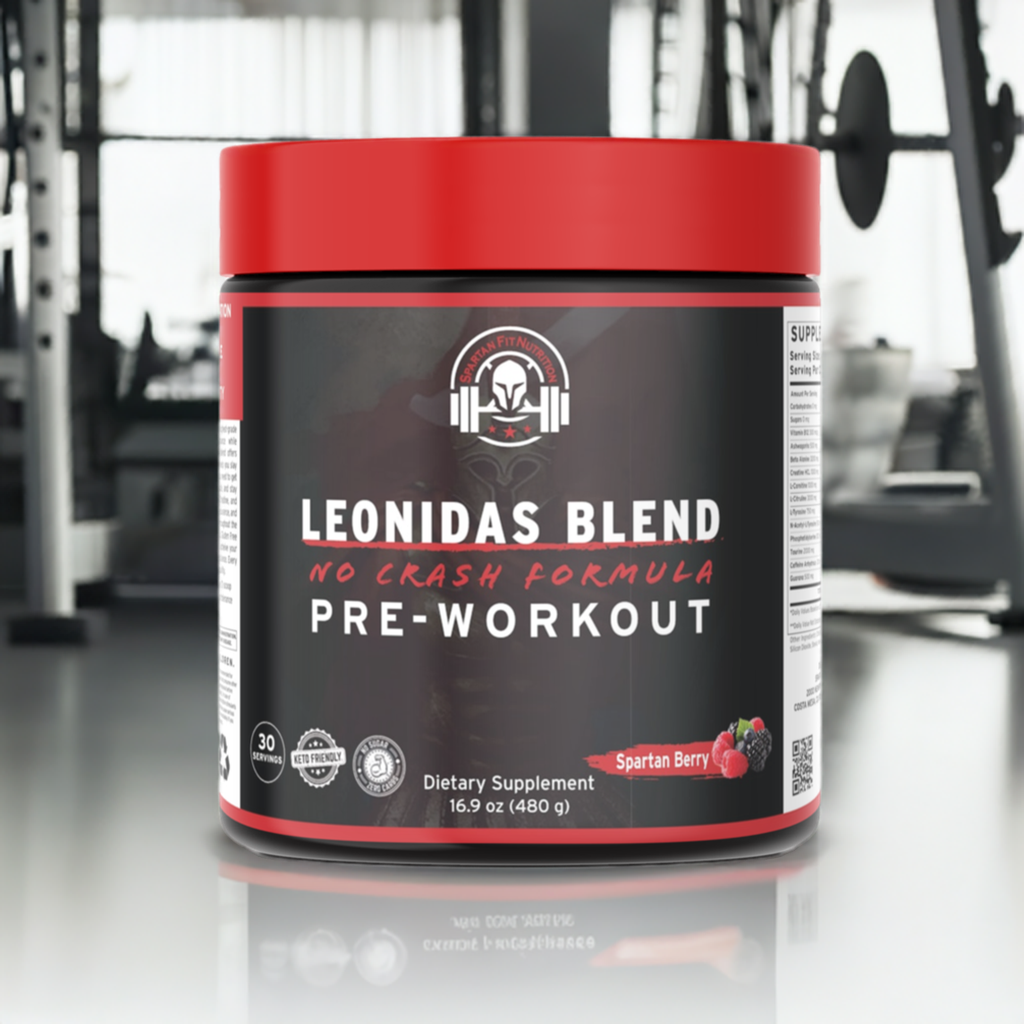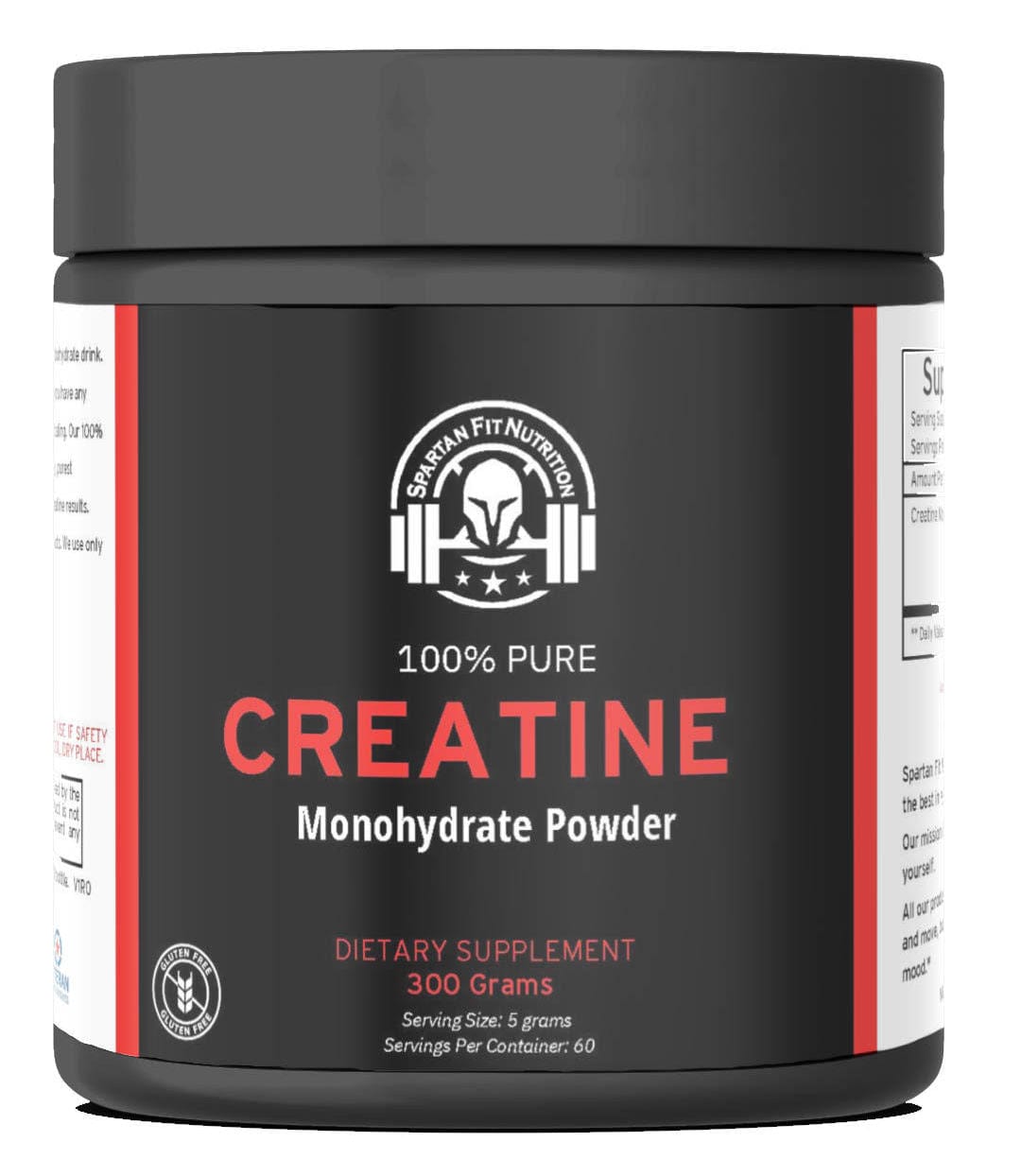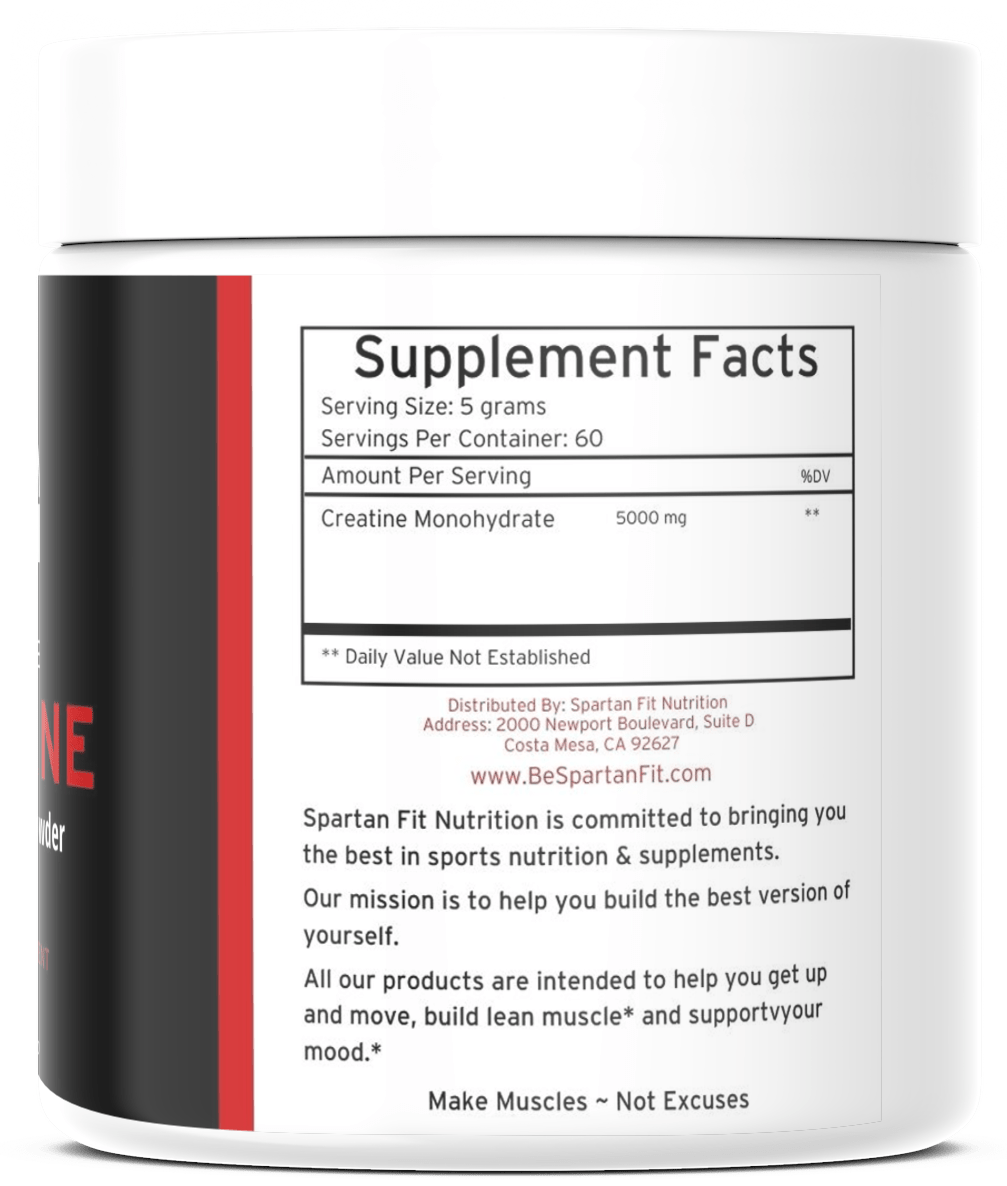The human body uses the same approach to fortification as an engineer who’s building a tower in an earthquake zone does. It employs a sophisticated array of muscles and tendons to bolster the spine and relieve the stresses placed on it by everyday life. So protecting your spine really means strengthening your back, among them the largest muscle, the latissimus dorsi [1]; the obliques and other muscles along the lateral line[2], as well as your glutes[3], which are involved inposture and stride.It’s also important to incorporate stretches to hit tissues that get tight, such as the iliac crest [4] and lower back [5]. But remember, the torso is a 360-degree machine, meaning your core is just as important, especially as you age, McGill says. Scroll down for an expert-endorsed back and core strength and stretching routine. This 6-move circuit incorporates flexibility and strength exercises to help ensure you back muscles are strong and supple, says Eric Leija, senior kettlebell coach with Onnit Academy in Austin, Texas.
How to Do the Best Back Circuit
Do 6 to 10 reps of each move using a 12-kg (26-lb) kettlebell, and do the whole circuit 3 times. If your form falters, skip that move or drop down in weight. Do this workout twice a week.
Note: This workout’s for prevention, not if you’re already injured.
2. Kettlebell Windmill
Why it works: This hybrid strength and stretch exercise hits the lower back, lats, glutes, and lateral hamstrings. Dynamically stretching and strengthening the musculature of the lateral line lets you release tension in the lower back.
How to do it: Stand with feet hip-width apart, toes pointed 45 degrees to the left, kettlebell in right hand. Press the kettlebell overhead, resting it on your forearm, biceps by ear (pictured left). Keeping kettlebell overhead and spine straight, hinge into left hip and reach left arm along inside of left leg until fingertips touch foot (pictured right). Squeeze core and glutes to return to start. That’s 1 rep. Do 6 reps. Switch sides; repeat.
3. Mountain Climber Reach
Why it works: It helps mobility in the thoracic spine and hips to help you move better and access full range of motion.
How to do it: Start in a high plank. Step right foot to outside right hand. Touch right fingertips to ear and reach right elbow to the ceiling, twisting your torso and opening your chest until it’s perpendicular to floor. Reverse the movement. That’s 1 rep. Alternate sides as you go.
4. Chest-loaded Good Morning
Why it works: This cues the body to engage the core and maintain a neutral spine while hip hinging, which is useful for weightlifting but also for picking stuff up off the floor. Adding a weight means it hits all the major core musculature, like the pelvic floor muscles, transversus, rectus abdominis, and internal and nexternal obliques, plus the hamstrings, glutes, and lats. Do a couple of these unweighted to wake up your hips, then add the kettlebell.
How to do it: Start standing with feet hip-width apart, holding a kettlebell against your sternum. Maintaining a tall, neutral spine, shoulders back, and soft knees, hinge at the hips, keeping shoulders above hips. Reverse the movement by activating hamstrings and thrusting hips forward, fully extending the hips and squeezing your glutes to end the rep. Do 8 to 12 reps.
5. Needle Arm Thread
Why it works: You’ll open up the thoracic spine with this deep rotation, stretching out the lats and releasing tension in the low back.
How to do it: Start on hands and knees, knees wider than shoulder-width apart and hands in front of shoulders. Draw right elbow up straight up towards ceiling as you inhale, then reach right arm under left elbow, stacking shoulders. Exhale and twist deeper into the stretch. Return to hands and knees. That’s 1 rep. Alternate sides, doing 5 reps on each side.
6. Crab Reach
Why it works: This active stretch is great for mobilizing the thoracic spine while lengthening the hip flexors and abdominal muscles, all while engaging the posterior chain.
How to do it: Sit on floor, legs bent, hands on floor, wrists facing heels (pictured left). Lift hips off ground to start, then press up into tabletop, while rotating torso until right shoulder is stacked on left. Squeeze glutes to keep hips from rotating (pictured right). Reverse the movement for 1 rep. Alternate sides with each rep.

